Editorial
This series of activities, which can be also used together as a longer project, were developed during a teacher training course at Pilgrims: CLIL for Music and Art Teachers, attended by secondary art and music teachers from Spain. These activities give you a taste of Pilgrims activities and courses which always involve creative and innovative ideas, challenge and sense of achievement, accommodating new trends in language teaching, as well as fun and humour.
Pilgrims Courses: CLIL Through Fine Arts. Art Model Project
Hanna Kryszewska, Poland
Menu
General information
Introduction
Being a sitter
Memory game
A special dialogue
My portrait
Level:
Upper Intermediate and above
Some parts Intermediate and above
Timing:
Introduction 30-45 min
Being a sitter 45-60 min
Memory game 20-30 min
A special dialogue 30-45 min
Materials:
If data projection is not available, printouts of 3 portraits for Introduction
A4 or A5 printouts of memory cards with portraits and photos for Memory game
Printouts of lists of words, one per learner
Data projection and Internet connection for the YouTube film
Postit® notes or speech bubbles
crayons, felt pens and paints with paintbrushes
Blutack® or some other mounting putty or reusable adhesive
blank sheets of A4 paper
- To introduce the topic ask the learners to answer the following questions:
- What kind of paintings can you find in an art gallery?
- What paintings do you like/ don’t like and why?
- Why do artists paint portraits?
- What can you learn from a portrait?
- Would you like to pose for a portrait? Why yes, why not?
- Learners work in pairs. They look at the paintings and decide what the sitters are thinking about.
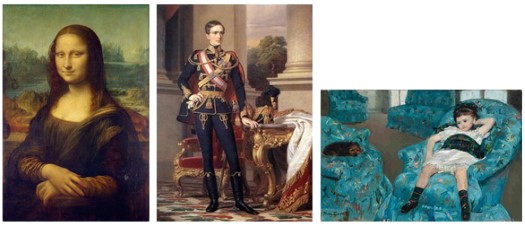
- The learners choose three ideas they like best and write them on separate Postit® notes or in speech bubbles.

- Collect all the notes / speech bubbles. The learners decide which painting the given thought goes with. NB. Naturally, the learners who produced a given comment skip the round when their idea is discussed.
- Tell the learners they are going to watch a documentary about being a model in Victorian England. Optionally, you may want to brainstorm what they know about Victorian times, but make sure it will be for them a fun task and not an intimidating one.
- Give out the list below. The learners work in pairs and have to decide which of the words or phrases will appear in the documentary (V), which ones might (???), and which ones won’t (X).
age of elegance
genteel Bath
squirerarchy
new moneyed class
rigorous apprenticeship
Royal Academy
centred at drawing
suffered for their art
chilly working life
unusual positions
strung up
instrument of torture
keep a pose
wobble or fall over
stickler for accuracy
formulaic poses
hold poses
male ideal/ perfect man
Apollo, Hercules
obsessed by the ideal
regarded not quite in the same light
male perfection
focal point
come into play
great muscles |
bushy beard
patriarch
saint
fever hospital
anatomical demonstration
disappear in the undergrowth
huddle your limbs together
little finger has gone to sleep
torture
nasty injury
considered shameful
deemed worse than prostitute
hard corn porn
degradation
reflected in the pay
Venus
shame money
last resort
anonymous
brothel
turn on the doorstep
posing nude to
perfect ideal
morally bankrupt
made immortal |
- Discuss the answers with the whole class, and ask the learners to justify their choices.
- Show the documentary and ask the learners to tick the words or phrases they can hear.
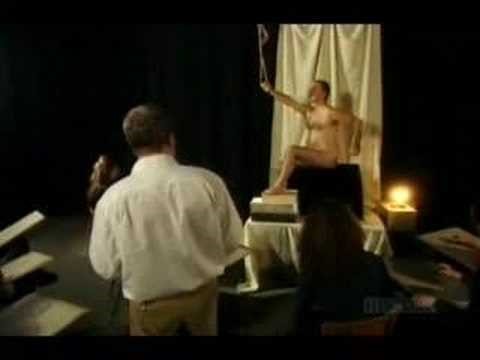 www.youtube.com/watch?v=oQxQWv5RTt8
www.youtube.com/watch?v=oQxQWv5RTt8
- Discuss the answers. NB All the words appear in the documentary, and in the given order.
- Show the extract once again. Ask the learners to take notes of the main points.
- Using their notes the learners write a 70 word summary of the documentary.
- Display the summaries.
- Print out the paintings below. Each one of same size format A5 or A4.
- Put them face down on the floor. The learners play memory trying to match the painting with the photograph of the sitter.
- When the learners complete the task correctly, put the given portrait next to the photo.
- Invite comments on:
- how they knew which photo went with which painting.
- which portraits are true to the original, and in what way.
- Alma Mahler by Gustaw Klimt
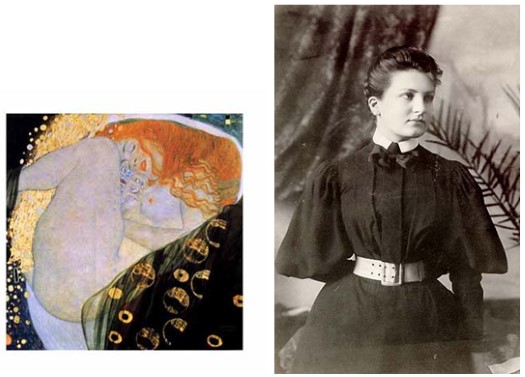
- Alma Mahler by Oscar Kokoschka
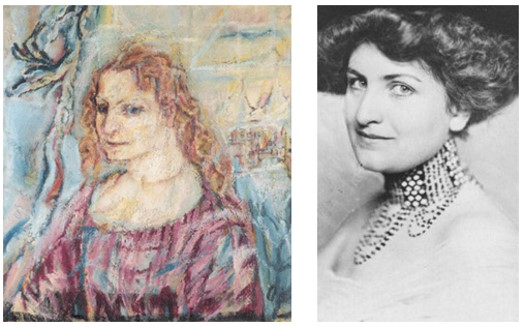
- (Lydia) Sylvette David by Pablo Picasso
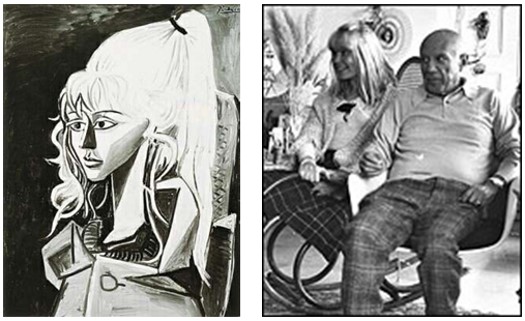
- Gala Dali by Salvadore Dali
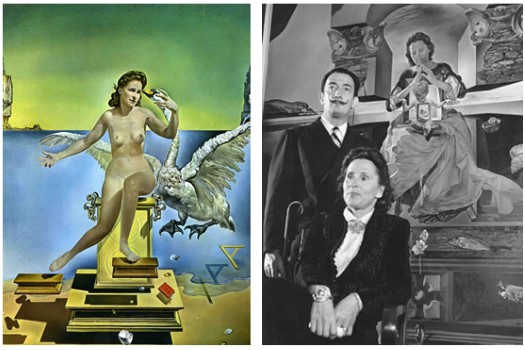
- Gertrude Stein by Pablo Picasso
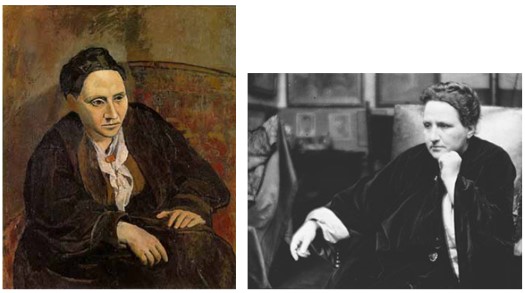
- Egon Schiele by himself
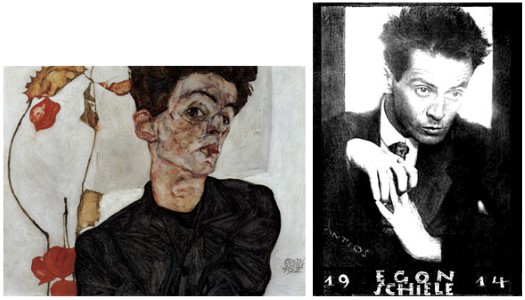
- Vincent van Gogh by himself
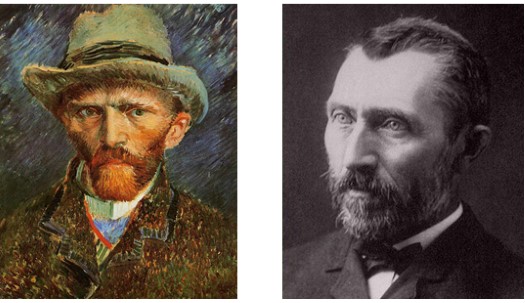
- Queen Elisabeth II by William Dargie
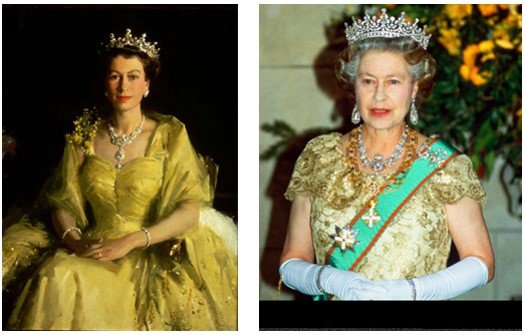
- Winston Churchill by Frank O. Salisbury
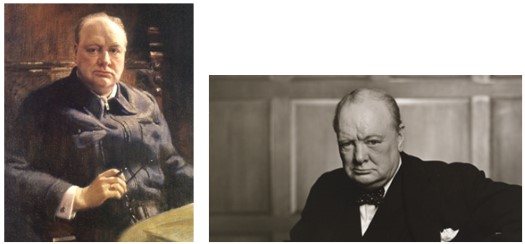
- Francoise Gilot and their kids by Pablo Picasso
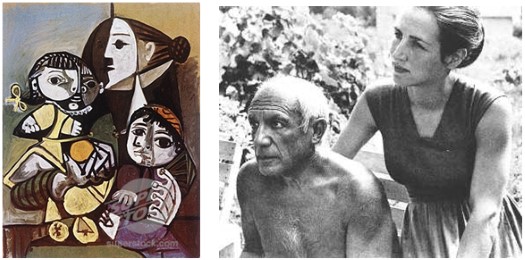
- Henri de Toulouse Lautrec by himself
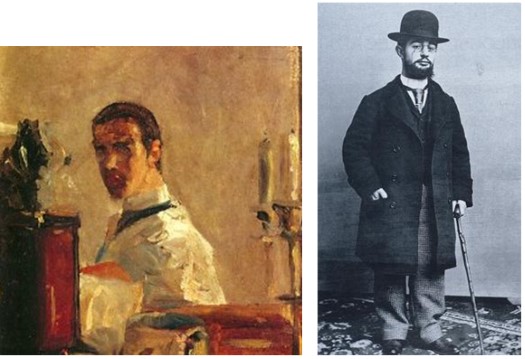
- Stanisław Przybyszewski by himself
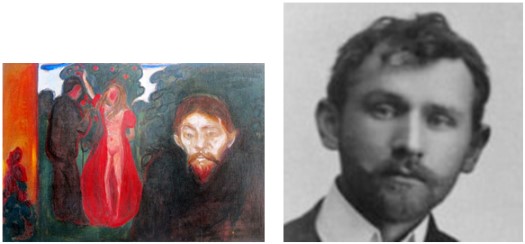
- Dagny Przybyszewska by Stanisław Przybyszewski
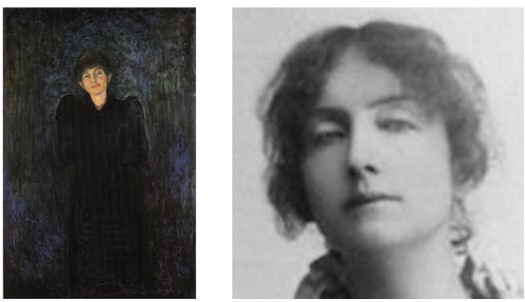
- Olga Boznańska by herself
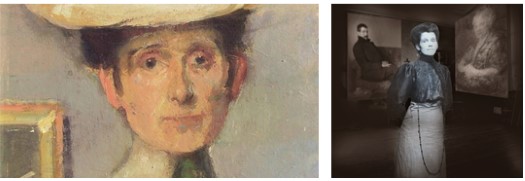
- Ernest Hemingway by Waldo Peirce
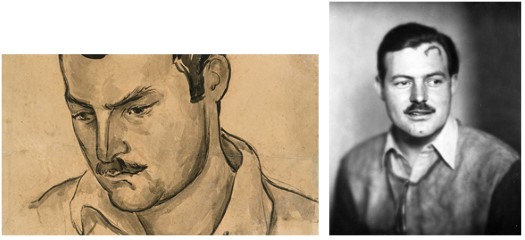
- Collect all the paintings from the Memory Game activity.
- Display the portraits next to the respective photograph.
- Next to the pair: painting + photo display the name of the sitter and painter.
- Each pair chooses one set.
- They write a dialogue between the painter and the sitter. If they have chosen a self-portrait, they write a monologue or a dialogue with a person of their choice. If they wish to, learners can research information on these people on the Internet.
- Display the dialogues, the painting and the photograph, and the names of the sitter and painter.
- The learners mill around and read each other’s dialogues.
Sample text 1
(Lydia) Sylvette David and Pablo Picasso
P: Let me see. You are beautiful but not an artist. Leave it there, and come with
me so that we can make something good.
S: What do you mean?
P: Don’t worry. I’m interested in your ponytail. I am going to make you real.
S: What are you talking about?
P: I am going to portray you and you will be immortalised.
S: Great! Hurry up!
P: Sit down there, and let me see your ponytail. You have an awesome profile
Sample text 2
Gala Dali by Salvadore Dali
D; darling, can you take your clothes off?
G: No way! It’s freezing cold here.
D: Bit I’m inspired right now. Please!
G: Continue with the bloody duck then!
D: Ok, Let’s eat a sandwich. I’m hungry.
G: Good this way I will look 10 years younger. And please, make sure you portray me with bigger boobs this time.
D: Sure, They must be flying.
G: Why don’t you paint me on an elephant?
D: And how would people know which is which?
G: Shut up, you *** ***! I am not sitting for you any more. This is the end!
Sample text 3
K: Do you remember the first time we met?
A: Yes, how could I forget? I was so young and you came to visit my step-father. It was you who gave me my first love kiss!! Since then I have been looking for someone who would kiss me like you did and that’s why I have had three husbands so far!
K: Oh, so you are thinking about getting married again?
A: Yes, why? Are you interested?
K: Yes, I am actually thinking of a new painting… Ha ha! So stop talking and start posing!!!
- Ask the learners take their photos facing the camera.

- Prepare a version of the photo in which only a half is visible, and print it out on A4 sheets e.g.

- Put the ‘half-portraits’, face down. Learners draw one, making sure it is not their photo.
- Learners complete each other’s portraits and display them.
- The learners visit the gallery.
- Brainstorm how art reviews are written. Ask the learners to research some on the Internet.
- Individually, they write a 60 word review of the exhibition they have just visited.
- Display the reviews next to the portraits the learners have produced. If possible, leave the portraits and reviews as permanent display.

Please check the Creative Methodology for the Classroom course at Pilgrims website.
Please check the Teaching English Across the Curriculum course at Pilgrims website.
Please check the Practical Uses of Technology in the Classroom course at Pilgrims website.
Please check the CLIL for Secondary course at Pilgrims website.


|